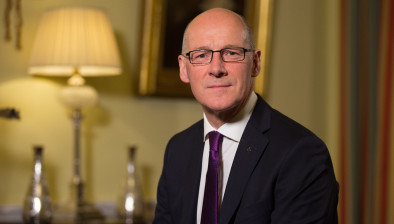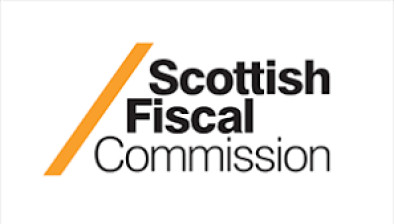ICAS: Scottish growth forecasts show promise but don’t paint the full picture

Bruce Cartwright – CEO of ICAS
The Scottish Fiscal Commission (SFC) has unveiled its latest economic and fiscal forecasts, indicating a slight improvement in the Scottish Government’s available funding for 2025-26, which is now projected at £59.6 billion.
This figure is almost £0.8bn higher than December 2024 estimates, primarily due to additional UK Government funding and an anticipated drawdown of unspent money from the previous year. These forecasts will inform the Scottish Government’s Medium-Term Financial Strategy, due in June.
Despite this increase, both the SFC and the Institute of Chartered Accountants of Scotland (ICAS) have highlighted significant and growing financial pressures. Bruce Cartwright CA, ICAS CEO, described the funding gains, which include a projected £100 million rise in tax revenue, as “little more than a drop in the ocean” when contrasted with the scale of budgetary challenges.
The SFC projects that funding for day-to-day spending will grow by 1.9% in real terms in 2026-27, slowing to 0.6% in 2027-28, before returning to an average of 1.6% for the subsequent three years. However, several factors are intensifying budgetary constraints.
Public sector pay settlements are a key concern. Two significant deals already agreed for this year exceed the Scottish Government’s 3% policy, with the NHS Scotland deal also surpassing comparable offers in the rest of the UK. This is expected to create further pressure on ongoing negotiations and increase future wage costs.
Compounding this, April’s rise in employer National Insurance Contributions presents a challenge. While the Scottish Government received £339m in additional UK funding to address this, the SFC estimates this only covers between half and two-thirds of the incurred costs. ICAS noted this leaves a shortfall of approximately £350m for the Scottish Government to find.
Changes to Personal Independence Payment (PIP) spending in England and Wales by the UK government are forecast to reduce Scottish Government funding by £0.4bn by 2029-30. This exacerbates existing commitments on social security, with spending in this area projected to be £2bn more than associated funding by 2029-30.
New spending commitments, such as the permanent removal of peak-time rail fares from September 2025 – estimated by ICAS to cost £20m this year and £40m annually thereafter – were not included in the 2025-26 Budget and add further pressure.
Professor Graeme Roy, SFC chair, stated: “while budgets have improved slightly this year, spending pressures are also increasing with public sector pay, social security and other commitments.”
He also pointed to “longer term pressures in key areas like health and social care as a result of our ageing population, and the challenge of meeting net zero obligations”.
ICAS also highlighted a period of real wage stagnation in Scotland, with average earnings projected for modest growth. This recovery in household income is expected to lag behind the rest of the UK, where wage growth is forecast to be 0.8% stronger in 2025. Mr Cartwright suggested this disparity “could put pressure on the Scottish Government to explain how it plans to keep up”.
While noting that Scotland’s steady GDP growth points to a “cautiously optimistic economic outlook”, Mr Cartwright concluded that with major fiscal announcements pending, including the Scottish Government’s Medium-Term Financial Strategy and the UK Spending Review, the situation is currently a case of “‘watch this space’”.








